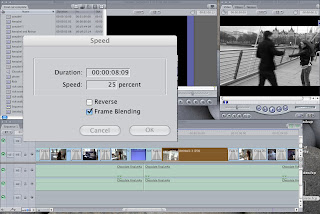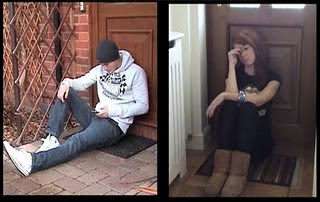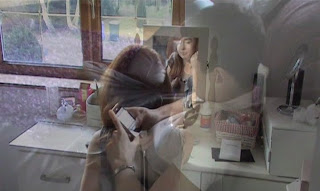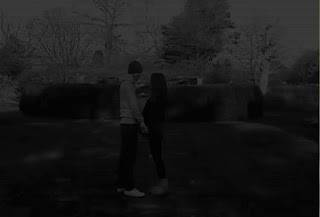How did you use media technologies in the construction and research, planning and evaluation stages?

Throughout the course, I have used many different media technologies and without them I wouldn't have been able to create a music video like I have now. I'm not going to say it was easy because it really wasn't! Having only used Final Cut Express once before last year to practise editing, I really hadn't got the hang of using the program at the beginning of the course and had no idea where to start editing really. Using a trial and error process and endless google searches I managed to edit the video in the way I had hoped. This program gave us the chance to really do what we wanted with our video as we discovered you really can do almost anything using Final Cut Express, even if it does end up taking you one whole hour to figure out why a cross dissolve is not working in the way it should!
I have thoroughly enjoyed using Blogger and do not think there could be a better way to present my work than this. Blogger has given me the opportunity to present my work in the way that I wanted to and rather than just endless amounts of writing. I think this year I have been much more creative with my blog than I was last year at AS level, as I have used many more tools such as scroll boxes, slideshows and videos which I think has really made the presentation of my work much more interesting to look at and also more enjoyable for me to do. Without the internet I do not really think the creation of our music video would have been possible. Using YouTube and other websites along the way I was able to carry out thorough research for existing music videos and to learn the codes and conventions of music videos of the same genre as our video. This then allowed me to compare our video with other videos and make sure that we had got these conventions right.
We used Final Cut to create and edit the video and also to add all the effects which feature in the video. I did not realise how many effects this programme had...I think it can literally do everything. The effects and transitions that we have included in the main task are:

This screen grab shows how we slowed down the shot to create the slow motion effect.It was important that we did this to make this shot look like a memory. This was also done by editing the colour of the shot using the brightness and contrast tools. We thought that it would be effective to have all of the 'memory' shots in black and white so that they stand out from the rest of the video and therefore make it clear to the audience that it is not happening at that present time.
The major effect that we spent a lot of time creating for the music video is the split screen. I think this is also one of the parts of the video that I am most proud of. We had to research how to create this effect because it was not straight forward in Final Cut and there wasn't just a tool to do this for us like most of the other effects which we used. The video which we used to learn how to do the split screen is below:
The video was very helpful and taught us how to create the split screen; however it did go into a lot of detail which made it confusing. In the end, we used the basic instructions which the video had given us and created the split screen ourselves. It was actually much simpler than the video had made out!
To create the split screen I had to put the two shots on top of each other. Then I had to change the size and position of the shot so that they could be positioned next to each other to create the split screen.


We also used Photoshop in the creation of the video. This was because we had to slow a shot right down to get a close-up of Annabel at one point. The problem here was that there was a woman in the background of the shot so obviously when we slowed it down, she was walking really slowly in the background. We had to make this shot a still shot and edit the image in Photoshop by using the Clone Tool to erase her from the shot:
The transitions that we used within the music video include mainly cross-dissolves but also fades. Cross-dissolves were used in between most shots of the video to ensure that the editing was smooth; if we had just used normal cuts then the editing would have been to fast paced for the music and would just not look right.

Fades were used to show a change in time and also a change of location. We also used a fade for park scene to show where Annabel disappears and Rich is left alone.














